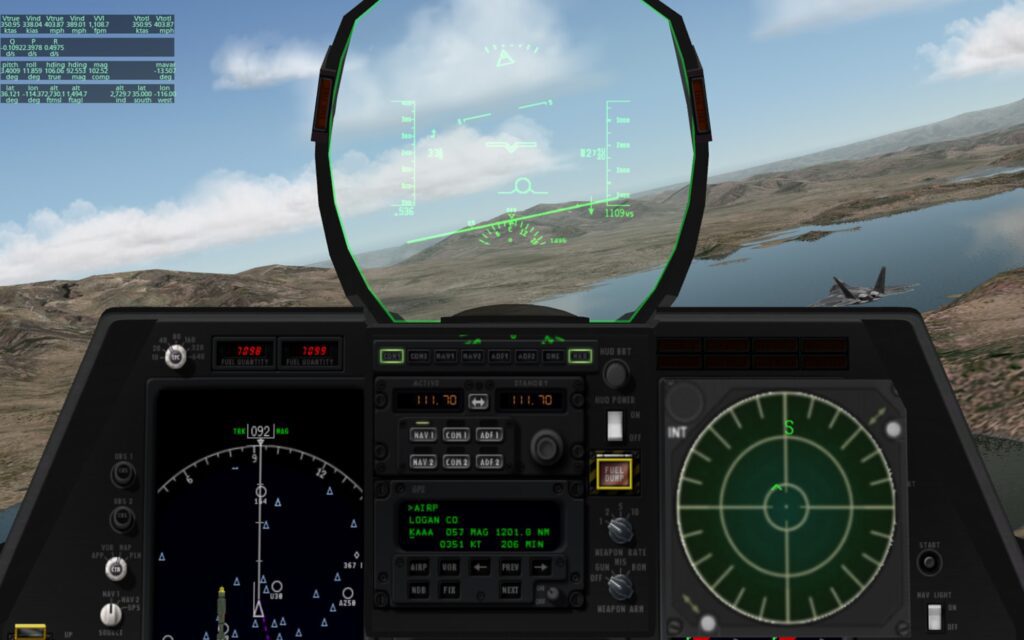Summary: This introduction provides an overview of the importance of realistic military training and the benefits of leveraging simulations for this purpose. It discusses the advantages of simulations in terms of safety, cost-effectiveness, and customizability, as well as their various applications in combat, vehicle training, and medical procedures. It concludes by highlighting the potential for continued advancements in simulation technology and the ongoing significance of simulations in preparing military personnel for the challenges they may encounter.
Leveraging Simulations for Realistic Military Training
Introduction
Military training is an essential component of ensuring the readiness and effectiveness of armed forces. The challenges faced by modern military personnel are complex and require a high level of skill and preparedness. In order to adequately prepare for real-life scenarios, military training must be as realistic as possible. One method that has been increasingly leveraged for this purpose is simulations.
Simulations have become an integral part of military training, providing a realistic and immersive environment for trainees to practice and refine their skills. By replicating real-world scenarios, simulations allow military personnel to experience a wide range of situations, from combat operations to emergency response, without the inherent risks and costs associated with live training exercises. In this article, we will explore the benefits and applications of leveraging simulations for realistic military training.
Benefits of Simulations in Military Training
There are several distinct advantages to using simulations in military training. Firstly, simulations provide a safe and controlled environment for trainees to develop and refine their skills. By immersing trainees in realistic scenarios, simulations allow them to experience the pressures and challenges of combat or emergency situations, without the dangers associated with live training exercises. This not only ensures the safety of personnel, but also minimizes the risk of equipment damage and environmental impact.
Additionally, simulations offer a cost-effective alternative to live training exercises. The logistics, equipment, and personnel required for large-scale live exercises can be prohibitively expensive. Simulations, on the other hand, require only the initial investment in software and hardware, making them a more sustainable and scalable option for military training.
Furthermore, simulations provide the flexibility to design and customize training scenarios to meet specific training objectives. Whether it’s practicing convoy operations, urban warfare, or medical evacuation procedures, simulations can be tailored to replicate a wide range of real-world situations. This allows trainees to develop and hone their skills in a variety of scenarios, ensuring they are prepared for any situation they may encounter in the field.
Applications of Simulations in Military Training
Simulations have a wide range of applications in military training. One of the most common uses is for combat simulations, where trainees are placed in virtual battlefields to practice tactics, coordination, and decision-making. This allows personnel to experience the chaos and stress of combat, while also testing and refining their abilities in a safe and controlled environment.
Another key application of simulations is for vehicle and equipment training. Simulators can replicate the operation of various military vehicles and weapons systems, allowing trainees to familiarize themselves with the controls and functions of these assets. This not only improves their proficiency in using military hardware, but also reduces the wear and tear on actual equipment.
Simulations are also valuable for supporting medical and first-aid training. By simulating injuries and medical emergencies, trainees can practice their response and treatment procedures in a realistic and high-pressure environment. This not only improves their skills in providing medical care, but also enhances their ability to remain calm and focused in stressful situations.
Conclusion
Simulations have proven to be a valuable tool for realistic military training, offering a safe, cost-effective, and flexible training environment for personnel to develop and refine their skills. Whether it’s combat operations, vehicle training, or medical procedures, simulations can be tailored to replicate a wide range of real-world scenarios, allowing trainees to experience the challenges and pressures of the field in a controlled environment.
As technology continues to advance, the potential for simulations in military training will only continue to grow. From virtual reality to advanced artificial intelligence, the ability to create immersive and realistic training environments will only become more sophisticated. As a result, simulations will continue to play a crucial role in preparing military personnel for the complex and ever-evolving challenges they may face in the field.
